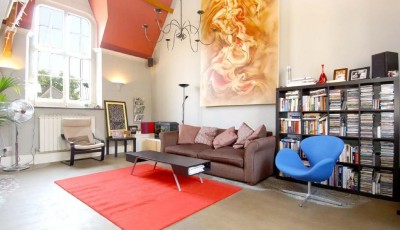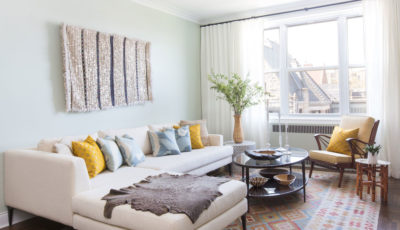Incorporating Antique Decor into Modern Living Spaces: A Guide to Creating a Timeless Home
Importance of decorating modern living spaces
Decorating a modern living space, whether it’s a living room, dining room, or bedroom is an exciting prospect for many. No matter your income level and budget, there are countless styles and options to choose from.
Why do we decorate?
Man is a master of his environment. We’ve conquered every challenge this planet has thrown at us. The world isn’t just a place we live in, it’s a place we completely and utterly control.
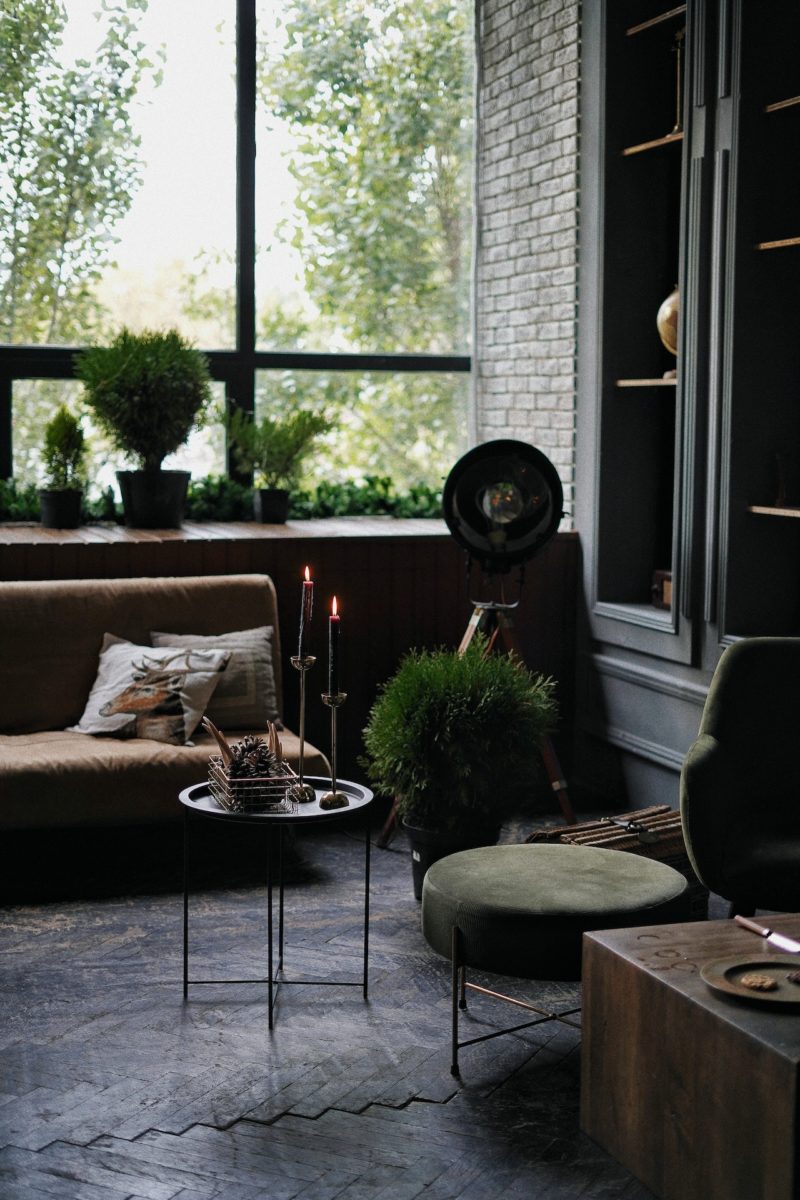
One way of exercising and symbolizing this control is through decoration. Decorating our home is a signaling mechanism to others that our home is our dominion. We show that we can create a comfortable and inviting environment for ourselves and others while expressing our personality and style.
Some people take it a step further and decorate with the full intent to impress others and show off their wealth via luxurious furniture, artworks, and chandeliers.
Incorporating antique decor into modern living spaces
For just a touch of elegance and character that doesn’t break the bank, consider adding some antique decor to your living space. As a matter of fact, antiques tend to appreciate in value over time if properly cared for. Because of this, antiques turn into a great gift or heirloom that you can pass onto your children.
Some have the fortune of inheriting antique items from family and friends, while others assemble a collection over time. Regardless of where you acquired your antiques and what they are, there is only one rule to follow: do what you like!
It’s your home. You should like how it looks. Don’t value anyone’s opinion or advice over your own intuition. This article will present some information on antiques as well as some basic design concepts to get you started.
Understanding the Difference Between Antique and Vintage
These two words are often used interchangeably, with good reason: they both refer to items that are old. Furniture, clocks, jewelry, kitchenware, and other household items from decades past are referred to as both vintage and antique. However, there is a key difference between these terms that collectors and decorators are familiar with.
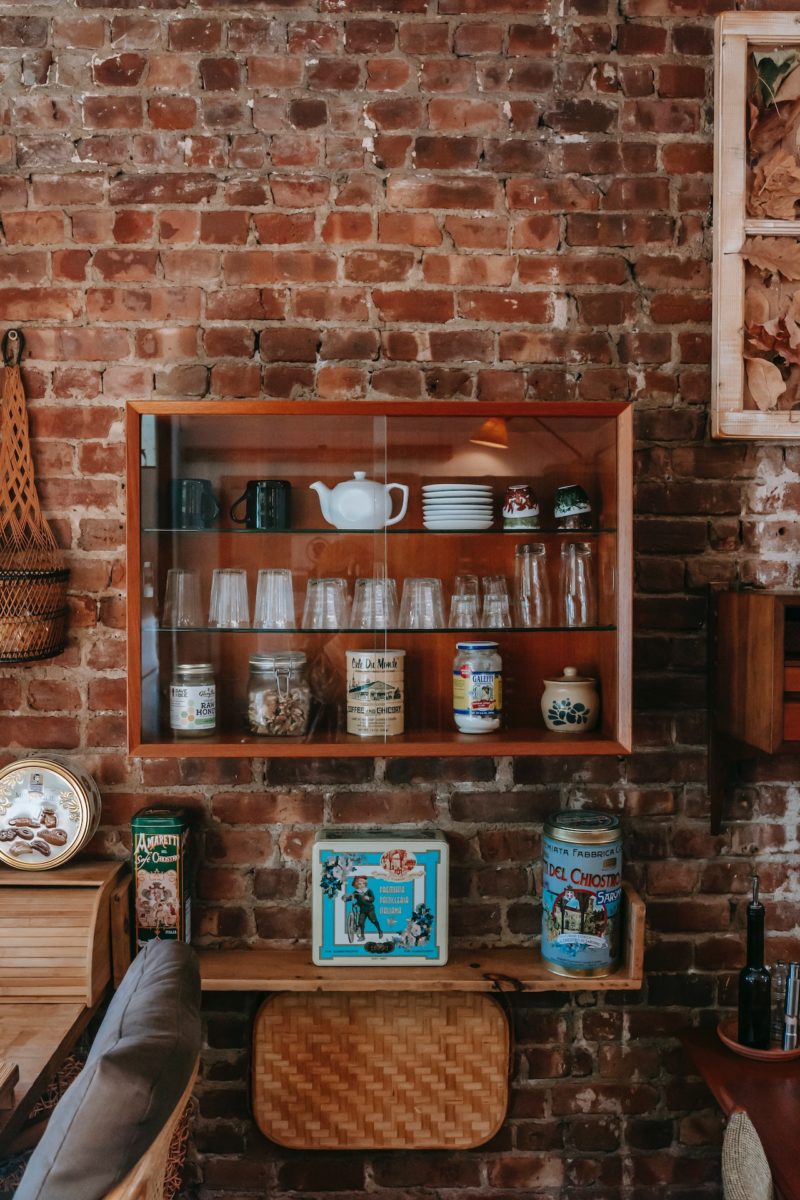
Antique refers to items that are at least 100 years old and are considered to be of historical significance. On the other hand, vintage refers to items that are at least 20 years old but less than 100 years old.
While both antique and vintage objects can be a great addition to a home, the historical quality and rarity of antiques makes them have a greater perceived value than vintage pieces.
One of the most valuable kinds of antiques is silver in the form of silverware, jewelry, or other decorative items. If properly preserved, antique silver items age well and accumulate value over time, making them popular amongst collectors. How much silver is worth depends on its authenticity, purity, manufacturer, decorative elements, and of course, condition.
Tips for Incorporating Antiques into Modern Living Spaces
Mix and match
Combine antiques with modern pieces to create a balanced look.
Use the 80/20 rule, in which one style makes up the majority (~80%) of the decoration while the other style makes up the remaining decoration (~20%). Most often, antiques will make up the minority because the pieces are a little harder to come by. This ratio isn’t a hard and fast science, but sort of a golden rule for interior design to be applied to design styles, color schemes, and more.
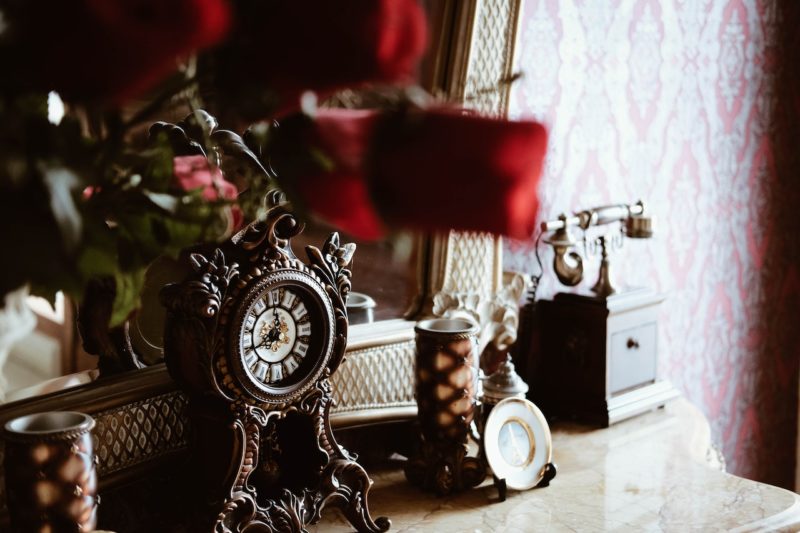
An assortment of small details like a leather-bound book or a framed vintage map or painting can make up the 20%, or you can opt for one big piece like an old grandfather clock or antique chair to add flair to a modern living room.
Use antiques as focal points
Pick an antique that you love and build the rest around it. This will help create a cohesive look and make the antique piece the star of the show.
Playing with spacing can give great emphasis, like using oversized antiques in small rooms. Start with a big antique desk or table and accent it with modern touches.
Incorporate vintage textiles
Quilts, rugs, carpets, and other fabric items are a fantastic way to make your home feel more cozy, inviting.
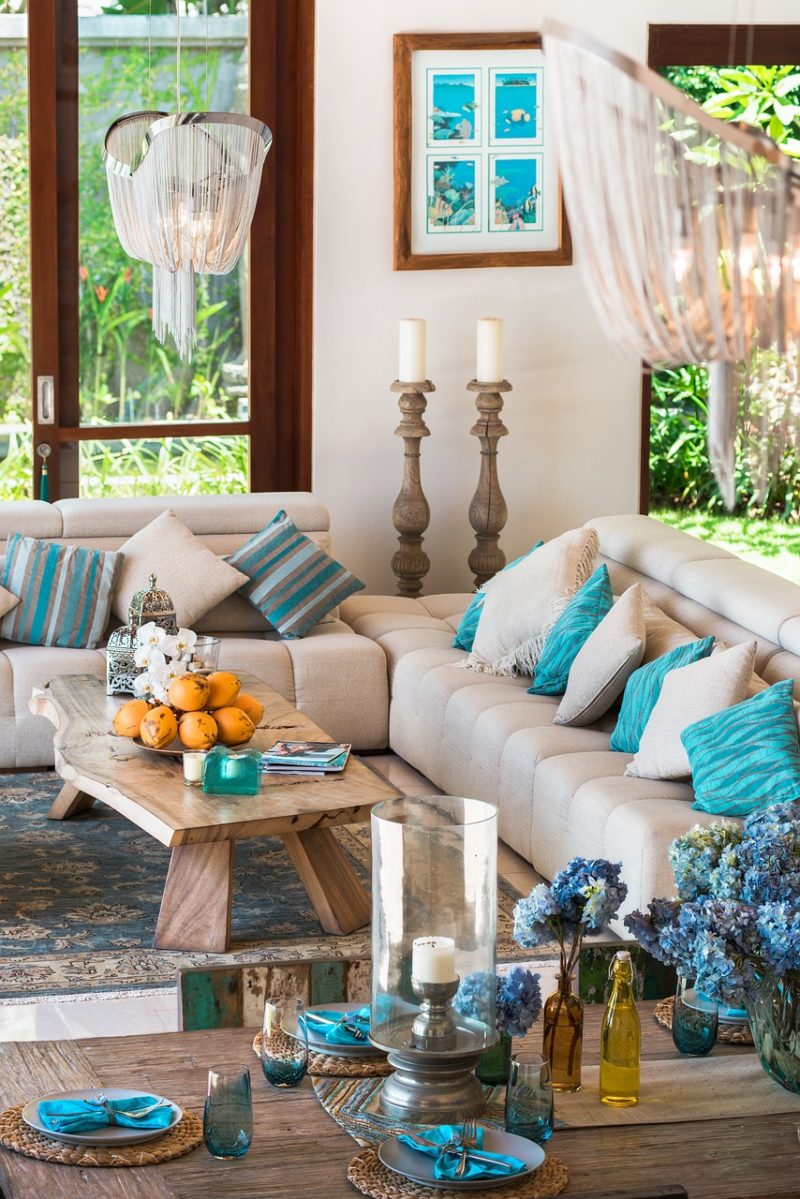
Put up a colorful quilt as a tapestry in your bedroom for a touch of color or throw an earth-tone carpet under your couch to temper a brightly colored upholstery.
Antique rugs can be expensive, but the quality of the craftsmanship withstands the test of time far better than cheap, modern options. You won’t have to worry about the wear and tear of heavy foot traffic if you place one in your mudroom, kitchen, or hallway!
Choose versatile pieces
Vintage mason jars – complete with their imperfections and stains and marks – fit many relaxed, old-fashioned styles. They can be used functionally (think glassware, food storage, office/bathroom organization) or purely decoratively (placed about on dressers, windowsills, perhaps with candles or flowers inside).

Old school tins you can find at flea markets and garage sales are fantastic for adding a retro look to a pantry or shelf – and as a bonus, they double as small storage containers. Put tea bags, candy, nuts, and other small foods inside to make snacking even more fun. Big ones can be used as desk and kitchen organizers for big utensils.
Consider other ways you can repurpose antiques or parts of antiques – such as using corbels as a shelf or bookstand.
Be selective
Choose antiques that are in good condition and have a timeless quality to them. Don’t just pick up anything you find on the street, or else you run the risk of making your home seem like a junkyard.
We find that antiques are best used sparingly as a functional highlight or lone centerpiece to a room.

Consider the scale of the room you’re decorating as well as the antique piece – you generally want to make sure it’s proportionate to the room and other furniture, unless of course you’re going for a dramatic focal point effect.
Conclusion
Now that you’ve seen some design inspiration and are aware of some basic concepts from the world of interior decorating, the ball is in your court. Don’t be afraid to go with your intuition. It’s your home! Do what works for you. Have fun, mix different styles and periods. The key is to create a space that feels unique and personal.

